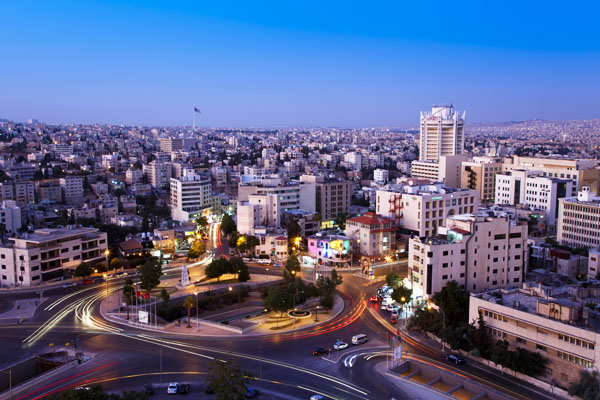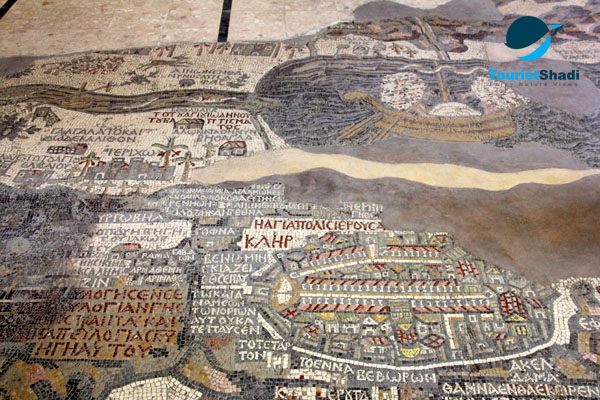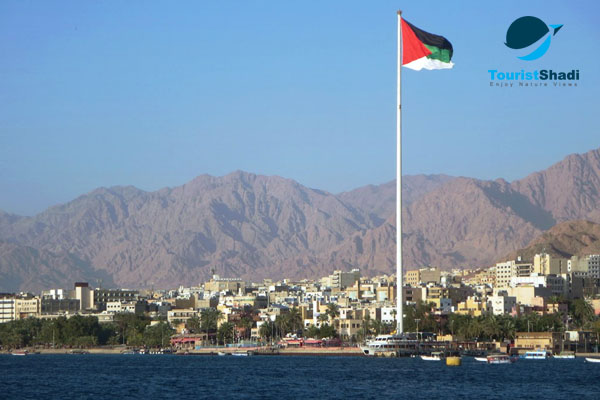Jerash is one of the historical Roman cities that retain its archeological features. Scientists discovered the existence of a whole city with its tiled, worshiped streets, high buildings, theaters, terraces, squares, baths, waterfalls and fences .
 Jerash was under Roman rule and then entered the Ten Cities of the Decapolis. The city became the largest of these cities and became the name of Gracia. Although it was under Roman rule, this city reflected the spirit of two cultures and two cultures, Greek and Roman, although its appearance and character indicated that it was Roman.
Jerash was under Roman rule and then entered the Ten Cities of the Decapolis. The city became the largest of these cities and became the name of Gracia. Although it was under Roman rule, this city reflected the spirit of two cultures and two cultures, Greek and Roman, although its appearance and character indicated that it was Roman.
It is worth mentioning that the city of Jerash remained deserted until the Ayyubid and Mamluk dwellings. The excavations revealed the period of the Islamic period (Ayyubid-Mamluk) and led to the discovery of many monuments and buildings dating back to the Mamluk period from the 13th to the 16th century. In the time of the Ottomans, Jerash appeared in the tax records of the sixteenth century, for example it included twelve houses in 1596.
When you visit the ancient city, you will marvel at the splendor of creativity in the design of the theater, theater, columns, temple, and others
Archaeology:
Southern Theater: where Jerash Festival for Culture and Arts conducted.
The Way of the Nymphs: It is a building with water fountains and a marble basin.
The North Amphitheater: There is also the Jerash Festival for Culture and Arts.

Temple of Artemis: It was considered a temple to guard the gods.
Al-Hamidi Mosque: This name is named after the Ottoman Sultan Abdul Hamid II.
Amawy mosque.
The Oval Forum Temple of Artemis Hadrian's Arch
To explore more sites in Jordan, click here.






